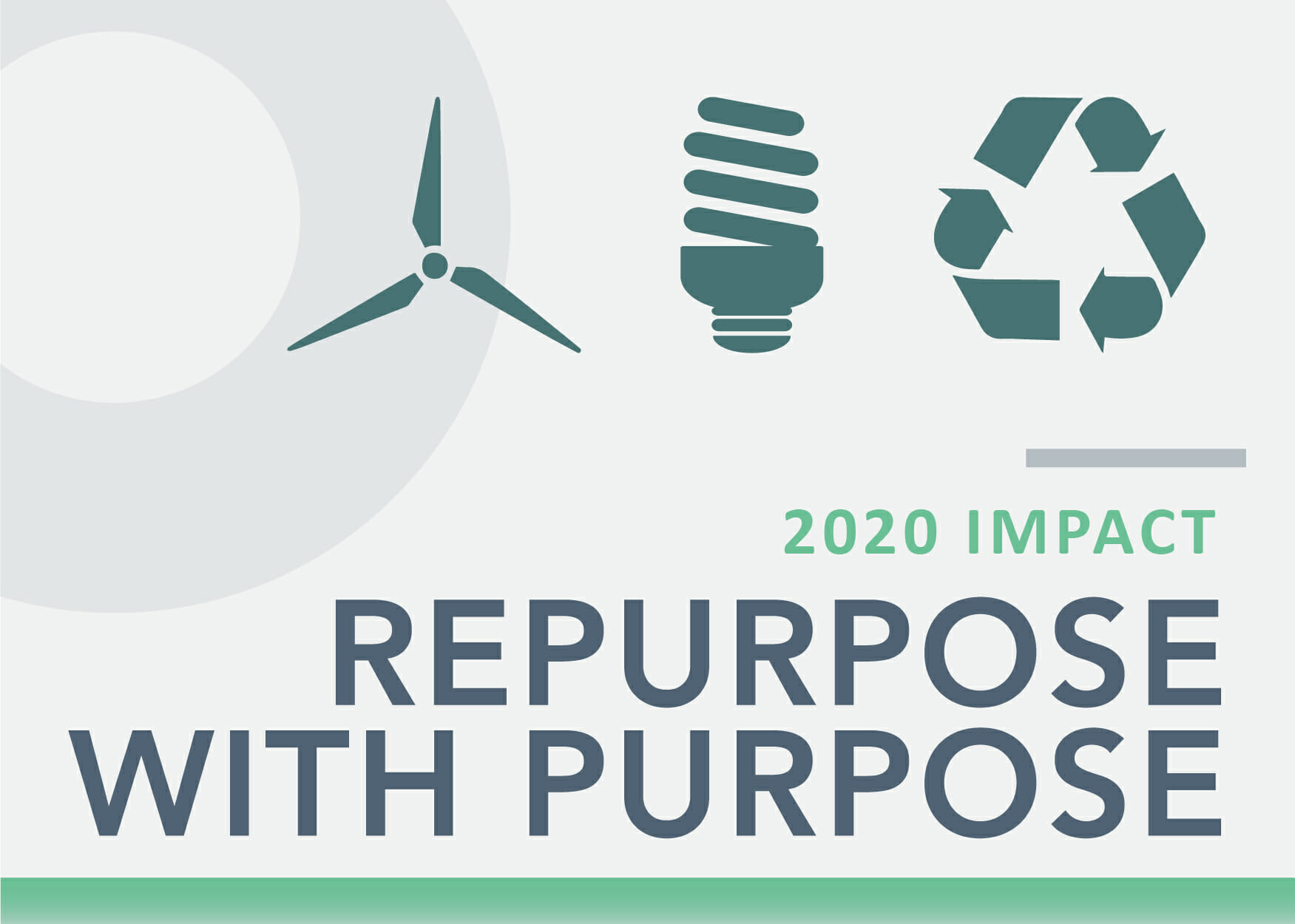EPA’s Food Recovery Hierarchy: Feed Animals & Commercial Composting
The Environmental Protection Agency’s (EPA) food recovery hierarchy prioritizes ways to prevent and divert food waste. From last resort landfills to reducing surplus food at the source, the EPA ranks the food recovery strategies with the greatest benefits to the environment, society and economy.
- Source reduction – reduce the volume of surplus food generated
- Feed hungry people – donate extra food to food banks, soup kitchens and shelters
- Feed animals – divert food scraps to animal feed
- Industrial uses – provide waste oils for rendering and fuel conversion and food scraps for digestion to recovery energy
- Composting – create a nutrient-rich soil amendment
- Landfill/incineration – last resort to disposal
As a sustainable nutrition company, Green Field Solutions is a significant contributor to food recovery and food waste reduction. Here’s how some of the tiers — feeding animals and commercial composing — compare and stack up in terms of benefit.
Commercial Composting of Food Waste
Industrial or commercial composting is similar to household composting but on a far grander scale. With household composting, individuals recycle their self-generated food and yard waste into soil-enriching fertilizer for their garden. Commercial or industrial composting collects organic waste from restaurants, grocery stores, food manufacturers, nurseries and landscapers. The EPA estimates more than 2.6 million tons of food was composted in 2018.
Industrial Composting Pros/Cons
- Reduces 346 metric tons of CO2 compared to landfill
- Some food materials, especially proteins, are difficult to compost with a small fraction able to be used as fertilizer
- Industrial composting lacks regulatory guidance for land application and run-off, which means little oversight of air emissions and waste water impact
- While composting often requires little energy consumption, it does produce methane and carbon dioxide as the organic materials decompose
Feeding Animals: Repurposing Co-Products
Each year, U.S. domestic livestock consume around 285 million tons of feed. Approximately 40 percent of these ingredients come from the dairy, bakery and protein production industries. The feed industry upcycles excess raw and processed food ingredients, keeping them out of the landfill, putting them safely and securely back into the food chain, and giving them their best economic value as sustainably sourced animal feed. These industry-wide efforts significantly reduce harmful effects on the environment and ultimately sustain the sources of protein that feed people world-wide.
Repurposing By-products Pros/Cons
- Reduces 6,325 metric tons of CO2 compared to landfill (nearly 20X impact of composting)
- Offsets the need for additional raw materials, saving 360-700 acres of land and reducing CO2 by another 200-400 metric tons of CO2
- Animal feed is regulated at federal and state levels by the FDA, USDA, EPA, and equivalent state agencies. The Association of American Feed Control Officials (AAFCO) also regulates the sale and distribution of animal feeds and animal drug remedies.
Green Field Solutions Role in the EPA’s Food Hierarchy
Green Field Solutions works with major manufacturers in the food industry to give their food waste the best possible economic, environmental and societal reuse. We help them divert surplus food in order to sustainably feed our food.
How it’s done — Animal nutrition experts evaluate the nutrient value of unused food co-products and formulate ingredients for nutrient-rich livestock feed or pet food. Read more
GFS Environmental Impact (2020)
- Diverted more than 87,500,000 tons of food waste from the landfill
- Fed 13,000+ people protein for a year, supplemented more than 250,000 pig diets, and supported nearly 3,000,000 servings of protein
- Diverted 2,254,500 pounds of mixed recyclables from the landfill, avoiding more than 4,000 metric tons of carbon dioxide.





